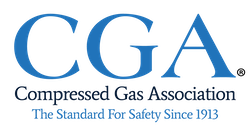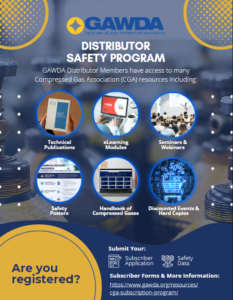In 1911, CGA’s founding fathers set out to form an association of compressed gas manufacturers with the goal of securing safe, secure, and uniform regulations. That vision endures today, and our industry continues to work with regulators and legislators to develop effective and appropriate regulations for the safe, secure, and environmentally responsible manufacture, transportation, storage, transfilling, and disposal of industrial and medical gases and their containers.
Our members demonstrate an exemplary focus on safety through their support of CGA’s technical committees, publication development, and self-regulation efforts. With their support, CGA takes a proactive approach to industry regulation, and petitions authorities with requests to incorporate the latest best practices to ensure that everyone is operating in accordance with the highest standards for safety.
Many CGA publications are incorporated by reference in federal regulations and codes. Use the Special Items filter in our Publication Library to view a complete list.
CGA works with numerous federal agencies, code developers, and national standards bodies to advocate for the acceptance of industry positions.

 Since 1913, CGA standards have served as the foundation for all facets of the industrial and medical gases and equipment industry in the United States and Canada.
Since 1913, CGA standards have served as the foundation for all facets of the industrial and medical gases and equipment industry in the United States and Canada.
